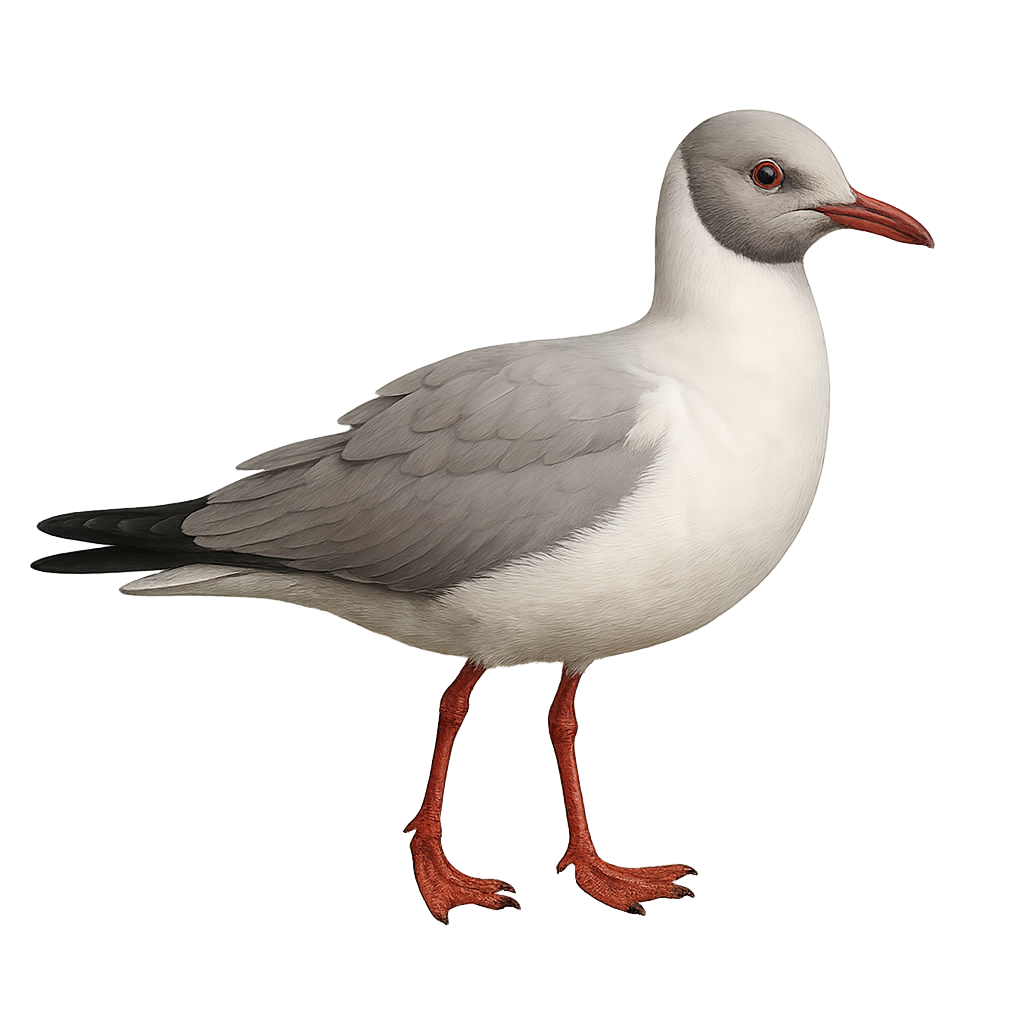Your wildlife photography guide.
Explore the grey-headed gull in detail, study its behavior, prepare your shots.
Where to observe and photograph the grey-headed gull in the wild
Learn where and when to spot the grey-headed gull in the wild, how to identify the species based on distinctive features, and what natural environments it inhabits. The WildlifePhotographer app offers tailored photography tips that reflect the grey-headed gull’s behavior, helping you capture better wildlife images. Explore the full species profile for key information including description, habitat, active periods, and approach techniques.
Grey-headed Gull
Scientific name: Chroicocephalus cirrocephalus

IUCN Status: Least concern
Family: LARIDAE
Group: Birds
Sensitivity to human approach: Suspicious
Minimum approach distance: 10 m
Courtship display: September to December
Incubation: 23-26 jours
Hatchings: September to January
Habitat:
Coastal areas, estuaries, inland lakes
Activity period :
Primarily active during the day, with peak activity in the morning and late afternoon.
Identification and description:
The Grey-headed Gull, Chroicocephalus cirrocephalus, is an elegant and distinctive bird, recognizable by its pale grey head contrasting with its white body and light grey wings. It primarily inhabits coastal areas, estuaries, and inland lakes in Africa and South America. During the breeding season, it forms noisy colonies, often in association with other gull and tern species. Its diet is varied, including fish, insects, and human waste. This species is known for its graceful flight and characteristic high-pitched calls. Although its conservation status is currently "least concern," it remains sensitive to human disturbances and habitat degradation.
Recommended lens:
400mm – adjust based on distance, desired framing (portrait or habitat), and approach conditions.
Photography tips:
To photograph the Grey-headed Gull, choose the golden hours of morning or afternoon to take advantage of soft, flattering light. Use a telephoto lens of 400mm or more to capture precise details without disturbing the bird. Be patient and wait for the gull to approach naturally. Pay attention to the background to avoid distractions and try to capture the bird in flight to highlight its elegance. Remember to check your exposure settings to avoid overexposure on the white plumage.
The WildlifePhotographer App is coming soon!
Be the first to explore the best nature spots, track rutting seasons, log your observations, and observe more wildlife.
Already 1 431 wildlife lovers subscribed worldwide

